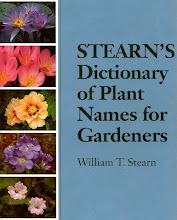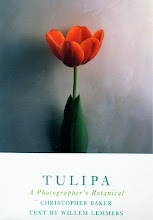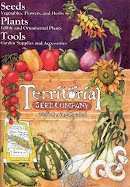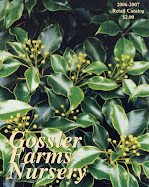Freeway Park in September 2013
Jim Ellis Freeway Park opened to the public on July 4, 1976. It was built on a lid over the Interstate 5 freeway along the the Washington State Convention Center, to which it connects. At 5.2 acres, it is by far the largest park in Downtown Seattle. It was designed by the San Francisco Bay Area landscape architecture firm Lawrence Halprin & Associates under the design direction of Angela Danadjieva. The park is dominated by a huge waterfall set among a series of plazas that are linked & enclosed by concrete planters, walls & smaller water features. This is a very well-designed park with pleasant open spaces, plenty of shade from mature trees & a broad walkway that runs throughout. There are benches & small lawns for sitting & reclining. It's a good place for a picnic lunch. The park & especially the waterfall are among the most interesting features of Downtown Seattle. You can find the park at 700 Seneca Street.
For the first few years of its existence, Freeway Park was considered a success. It was architecturally & structurally innovative. It also showed how to make the most use out of limited urban space. Landscape architects from throughout the world came to see it. It became popular with area employees & residents. But over the years, the park became a bit seedy. Vegetation matured & cut sight lines. The park became darker & more difficult to navigate. The homeless became frequent park users. Drug dealing was a problem. Security patrols were improved & illegal activity lessened. Concrete walls were reduced & trees were pruned to open up views & add more daylight. There was general improvement of overgrown & deteriorated landscaping. And all of those big trees are a welcome sight in the urban core. I highly recommend a visit.
Jim Ellis Freeway Park opened to the public on July 4, 1976. It was built on a lid over the Interstate 5 freeway along the the Washington State Convention Center, to which it connects. At 5.2 acres, it is by far the largest park in Downtown Seattle. It was designed by the San Francisco Bay Area landscape architecture firm Lawrence Halprin & Associates under the design direction of Angela Danadjieva. The park is dominated by a huge waterfall set among a series of plazas that are linked & enclosed by concrete planters, walls & smaller water features. This is a very well-designed park with pleasant open spaces, plenty of shade from mature trees & a broad walkway that runs throughout. There are benches & small lawns for sitting & reclining. It's a good place for a picnic lunch. The park & especially the waterfall are among the most interesting features of Downtown Seattle. You can find the park at 700 Seneca Street.
For the first few years of its existence, Freeway Park was considered a success. It was architecturally & structurally innovative. It also showed how to make the most use out of limited urban space. Landscape architects from throughout the world came to see it. It became popular with area employees & residents. But over the years, the park became a bit seedy. Vegetation matured & cut sight lines. The park became darker & more difficult to navigate. The homeless became frequent park users. Drug dealing was a problem. Security patrols were improved & illegal activity lessened. Concrete walls were reduced & trees were pruned to open up views & add more daylight. There was general improvement of overgrown & deteriorated landscaping. And all of those big trees are a welcome sight in the urban core. I highly recommend a visit.

















































































